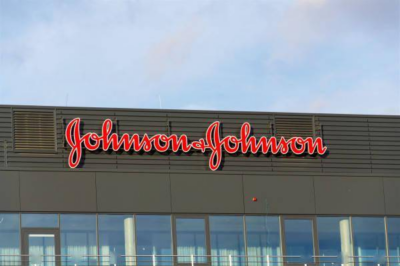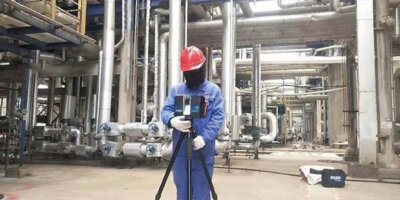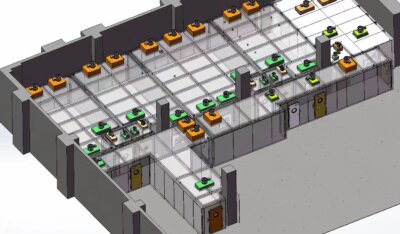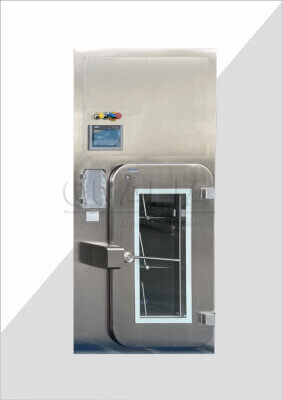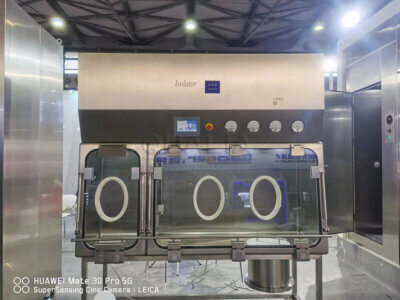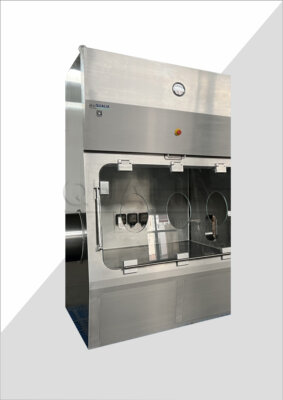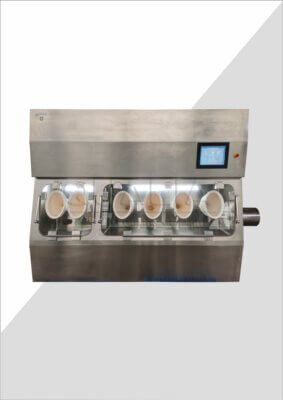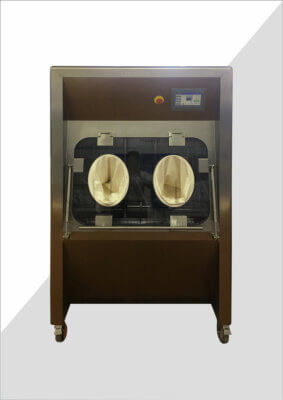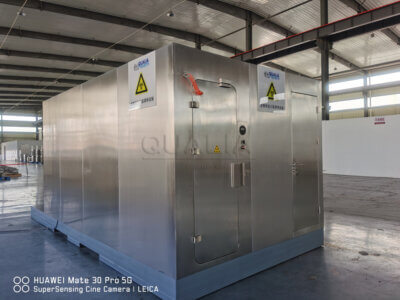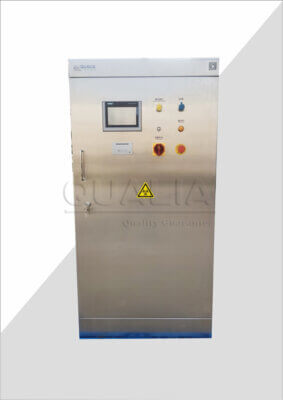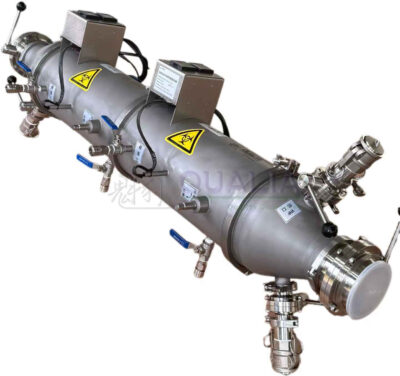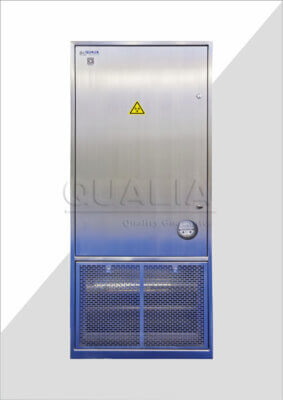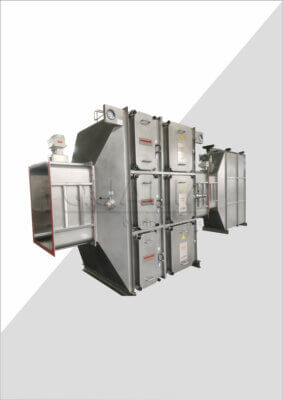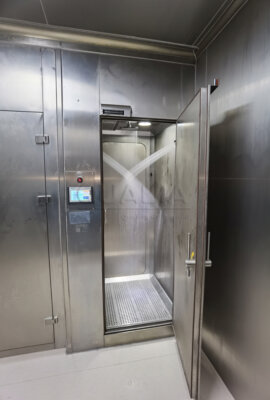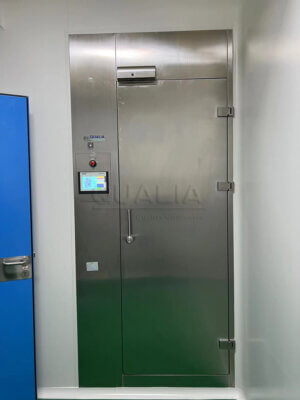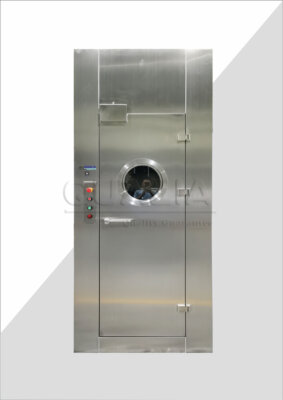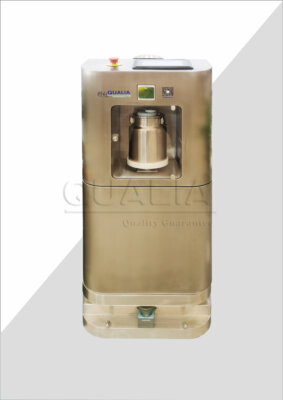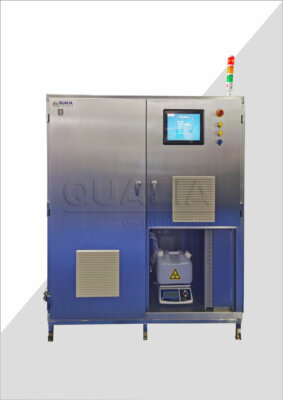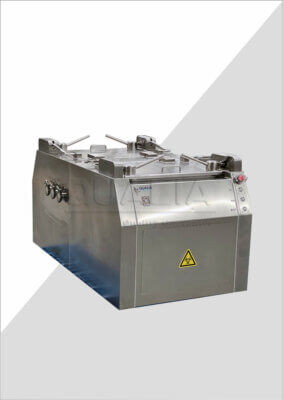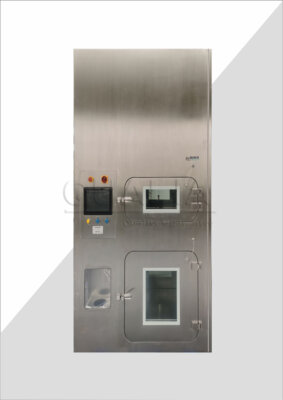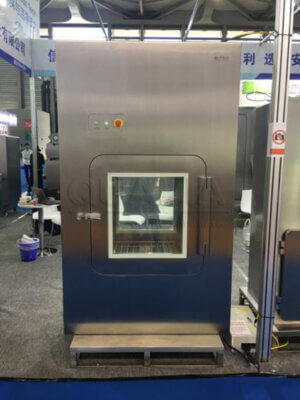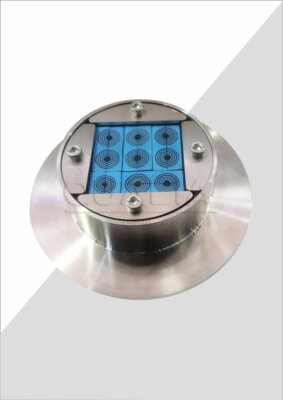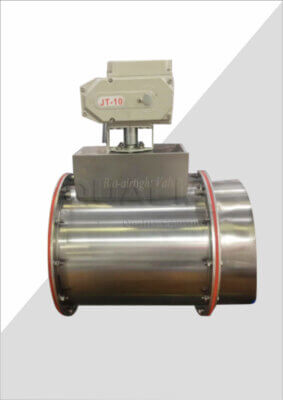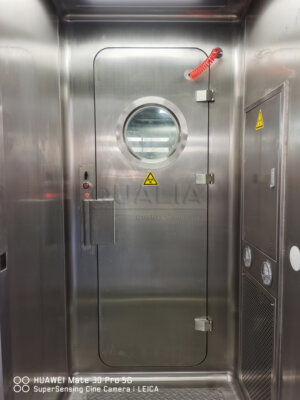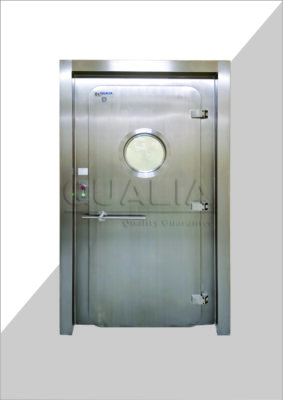What is an Effluent Decontamination System (EDS)?
An Effluent Decontamination System (EDS) is a crucial component in facilities that handle potentially hazardous biological waste. These systems, designed by QUALIA, are specifically tailored to treat effluents—liquid waste or sewage—generated by biological laboratories, medical facilities, and industrial processes. The primary objective of an EDS is to neutralize or eliminate harmful pathogens, chemicals, and contaminants, thereby safeguarding public health and environmental integrity.
Key Features of QUALIA's EDS
Collection and Segregation
- Initial Capture: The system begins with the collection of effluents from various sources within the facility.
- Segregation: Effluents are categorized based on their contamination level (e.g., high-risk, low-risk) to streamline the treatment process.
Pre-treatment
- Screening: Large debris and particulates are removed through mechanical screening to prevent damage to the treatment machinery.
- pH Adjustment: The pH levels of the effluent are adjusted using acidic or alkaline substances to optimize conditions for subsequent treatment stages.
Primary Treatment
- Thermal Treatment: The effluent is heated to high temperatures (typically between 121°C and 134°C) to effectively kill biological contaminants.
- Example: Continuous heating at 121°C for 30 minutes, or at 130°C for 3.9 minutes.
- Chemical Disinfection: Disinfectants such as chlorine, ozone, or hydrogen peroxide are used to neutralize remaining pathogens.
- Filtration: Advanced filtration methods, including membrane bioreactors or activated carbon filters, are employed to remove finer particles and microorganisms.
Advanced Treatment
- Biological Treatment: Aerobic or anaerobic bacteria are used to break down organic matter in the effluent.
- Advanced Oxidation Processes (AOPs): These can include UV radiation combined with hydrogen peroxide to degrade complex organic pollutants.
- Ion Exchange: Specific contaminants like heavy metals are removed through ion exchange resins.
Monitoring and Quality Assurance
- Automated Monitoring: Continuous monitoring of parameters such as pH, temperature, and contaminant levels ensures the efficacy of the treatment process.
- Compliance Testing: Regular sampling and laboratory testing verify that the treated effluent meets regulatory standards for discharge.
Applications of EDS
Biological Research Laboratories
- Ensures that genetically modified organisms, pathogens, and hazardous chemicals do not escape into the environment.
Medical Facilities
- Treats effluents contaminated with infectious agents from hospitals and clinics.
Pharmaceutical Industries
- Manages waste containing active pharmaceutical ingredients and by-products from drug manufacturing.
Agriculture
- Treats wastewater from animal husbandry and agricultural operations to prevent nutrient pollution and pathogen dissemination.
Regulatory Compliance and Environmental Impact
QUALIA's EDS must comply with stringent local, national, and international regulations set by agencies such as the Environmental Protection Agency (EPA), the European Environmental Agency (EEA), and the World Health Organization (WHO). The proper operation of an EDS not only protects the environment but also contributes to sustainable industrial practices by enabling the recycling and re-use of water.
Innovation and Future Trends
- Nanotechnology: Use of nanomaterials for more effective filtration and contaminant removal.
- AI and Machine Learning: Enhanced monitoring and predictive maintenance using AI-driven analytics to optimize system performance.
- Green Chemistry: Development of eco-friendly chemicals for the decontamination process.
Treatment Parameters Table
| Treatment Stage | Method | Description |
|---|---|---|
| Screening | Mechanical | Removes large debris and particulates |
| pH Adjustment | Chemical | Adjusts pH levels using acidic or alkaline substances |
| Thermal Treatment | Heating | Heats effluent to 121°C – 134°C to kill biological contaminants |
| Chemical Disinfection | Chemical | Uses disinfectants like chlorine, ozone, or hydrogen peroxide |
| Filtration | Advanced | Uses membrane bioreactors or activated carbon filters |
| Biological Treatment | Biological | Employs aerobic or anaerobic bacteria to break down organic matter |
| Advanced Oxidation Processes (AOPs) | Chemical/UV | Uses UV radiation with hydrogen peroxide to degrade complex pollutants |
| Ion Exchange | Chemical | Removes heavy metals through ion exchange resins |
By integrating these advanced technologies, QUALIA's Effluent Decontamination Systems ensure that treated effluent is safely discharged into municipal sewage systems or natural water bodies, adhering to local regulations and protecting both public health and the environment.
Related Contents:
- Revolutionizing Water Treatment: QUALIA’s Effluent Decontamination System (EDS)
- Application of Biological Treatment Methods for Different Types of Wastewaters
- How Biological Wastewater Treatment Systems Work: A Detailed Overview
- Biological Wastewater Treatment System: The Ultimate Solution for High-Infectious Waste
- Comprehensive Guide to Biological Wastewater Treatment Systems
- Top Benefits of Using a Biological Wastewater Treatment System in Your Facility
- How Biological Wastewater Treatment Systems Enhance Laboratory Safety
- Comprehensive Guide to Using the Qualia VHP Robot
- Efficient Waste Management with Biological Wastewater Treatment Systems

